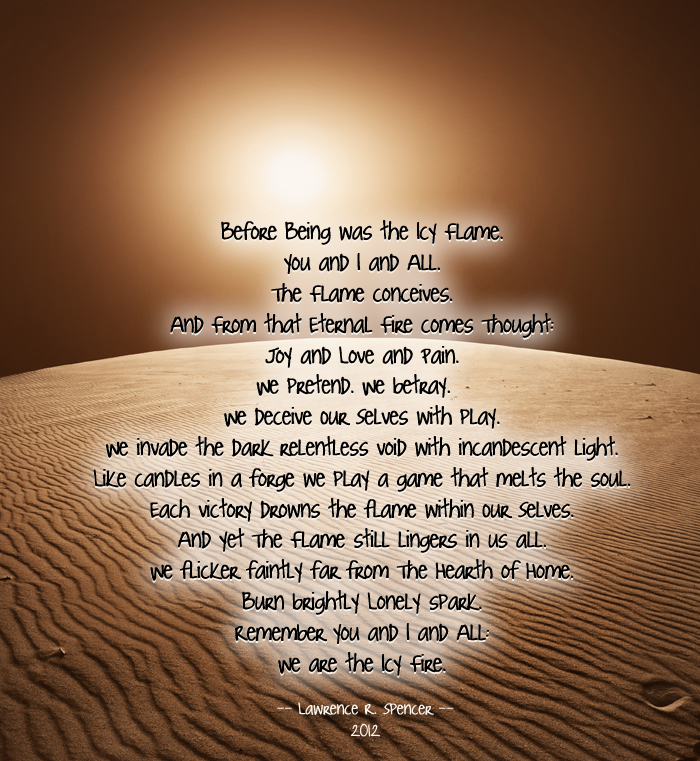Republished by Blog Post Promoter

The BHAGAVAD GITA is an ancient Sanskrit text comprising 700 verses of the Mahabharata. The verses, using the range and style of Sanskrit meter (chandas) with similes and metaphors, are very poetic; hence the title, which translates to “the Song of the Divine One”, of Bhagavan in the form of Krishna. It is revered as sacred by the majority of Hindu traditions, and especially so by followers of Krishna. In general speech it is commonly referred to as The Gita. The content of the Bhagavad Gita is a conversation between Krishna and Arjuna taking place on the battlefield of Kurukshetra just prior to the start of a climactic war. Responding to Arjuna’s confusion and moral dilemma, Krishna explains to Arjuna his duties as a famous warrior and Prince and elaborates on number of different Yogic and Vedantic philosophies, with examples and analogies. This has led to the Gita often being described as a concise guide to Hindu philosophy.
PHOTOGRAPH: taken during the 1930s in the workshop of Madame Tussauds wax museum in London. The museum was founded by wax sculptor Marie Tussaud (1761–1850) who was born in Strasbourg, France. Her mother worked as a housekeeper for Dr. Philippe Curtius in Bern, Switzerland, who was a physician skilled in wax modelling. Curtius taught Tussaud the art of wax modelling. Tussaud created her first wax figure, of Voltaire, in 1777.





